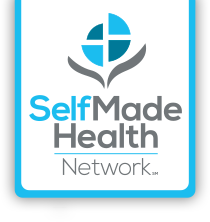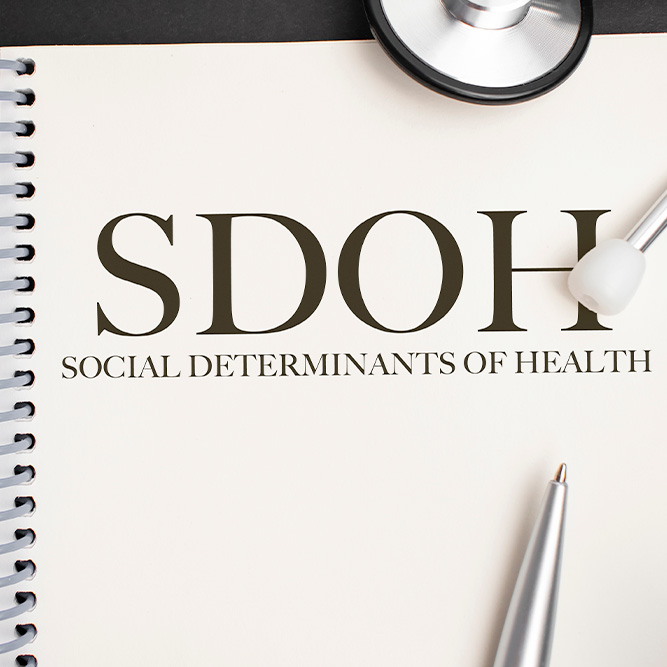
Additional Educate Resources
The resources on this page assist members and interested parties with tools that help build a robust knowledge base.
Hosted by the CDC, this page includes state and local collaborations and academic, government and non-profit organizations with a health literacy focus.
Low levels of literacy adversely impacts cancer incidence and outcomes such as: cancer mortality, and quality of life (QOL).
Reference: National Network of Libraries of Medicine (NNLM)
Agency for Healthcare Research and Quality (AHRQ)-Health Literacy Resources and Impact Case Studies
Hosted by the CDC, the STATE System Interactive Maps cover current and historical state-level data on tobacco use prevention and control, including tax rates, preemption and smokefree legislation.
Developed by CMS, this national initiative assists patients, clients, employees, and caregivers as well as professionals and community organizations, to understand health coverage information and navigate primary care and preventive services.
Hosted by HHS, this healthfinder.gov website offers a searchable table of contents to connect users with a breadth of health topics, including recommended preventive care services.
https://www.acpm.org/initiatives/tobacco-cessation/tobacco-cessation-resources/
This interactive dashboard features 100,000 data points (including health, socioeconomic, built environment, demographic, social determinants of health metrics) across the country’s largest 35 urban cities. Additional features include a comparison of 100 measures between cities or a cluster of cities.
https://bigcitieshealthdata.org/

 Social Determinants of Health in Cancer Care (American Society of Clinical Oncology)
Social Determinants of Health in Cancer Care (American Society of Clinical Oncology)